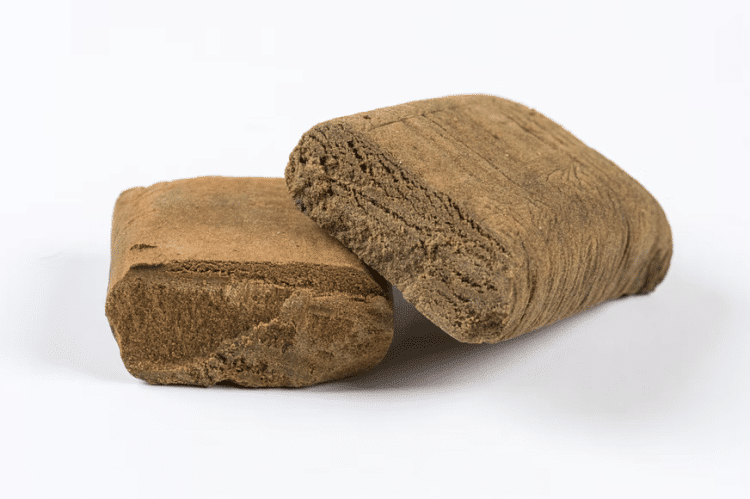Botanical hash is a stronger alternative to many other forms of cannabis derivatives.
It might not be as popular as the range of cannabis products generally sold in America, but botanical hash is also available on the market. Unlike regular cannabis inflorescences, botanical hash is a stronger alternative featuring similar but different properties.
Unbeknownst to many is that hash can provide the same therapeutic benefits as cannabis, but its defining difference is that botanical hash contains high levels of psychoactive chemicals. Our article will discuss what botanical hash is, how it’s made, and what makes it different from regular cannabis.
What Is Botanical Hash, And How Is It Different From Other Forms Of Cannabis?
In general cannabis comes in the form of dried female flowers. These can be smoked and vaporized directly or it is possible to use them as plant matrix for extractions to create cannabis concntrates and various cannabis derivatives.
Botanical hash is a type of cannabis concentrate made from the dried resin (otherwise known as “kief”) of the flowering tops of unpollinated and matured female cannabis plants. The resin glands are called trichomes and are the key plant structures producing essential oils and containing high levels of cannabinoids and other pharmaceutically relevant compounds. [1]
Since botanical hash is highly concentrated, it contains very high levels of THC. Typically, the THC level in botanical hash is between 40% and 80%, which is significant considering that cannabis flowers generally have THC levels between 10% and 20%. [2]
With this high concentration of THC, botanical hash should be consumed cautiously and the dose should be accurately choosen considering the own sensibility to the psychotropic cannabis constituent: even a small quantity of botanical hash could trigger psychoactive effects in shorter amount of time and higher intensity when compared to regular cannabis inflorescences.
Botanical Hash preparation
The production process for hash differs from that of other cannabis derivatives. Harvesters will collect the powdery resin on cannabis plants by hand by separating glandular hairs, mechanically beating the plants, or submerging the cannabis plants in very cold water (bubble hash).
If the icy water harvesting method is utilized, small sieves will be needed to remove the trichomes. Once these trichomes are separated from the plant, they are dried. If one of the other harvesting methods is used, the “kief” is compressed into blocks or “cakes” using heat. These compressed hash products can be smoked or vaporized.
Botanical hash can be brittle and stiff or soft and pliable. It can also have a range of colors like yellow, green, black and brown depending on the production process and the cannabis plant chemovar from which it is derived. Additionally, botanical hash can be used in cooking because it is soluble when in the form of butter, cream, or oils. Moreover, when the resin is extracted, it can be made into a botanical hash oil, a gummy substance that can be smoked using electronic cigarettes.
References:
[1] Tanney CAS. et al. Cannabis Glandular Trichomes: A Cellular Metabolite Factory. Front Plant Sci. (2021);12:721986. doi:10.3389/fpls.2021.721986 [journal impact factor = 4.729 ] [times cited = 3]
[2] Meier M. H. Associations between butane hash oil use and cannabis-related problems. Drug and Alcohol Dependence, (2017), S0376871617303393–doi:10.1016/j.drugalcdep.2017.06.015
[journal impact factor = 3.951 ] [times cited = 76]
Image: https://unsplash.com/photos/LmHzkqB8cPY











